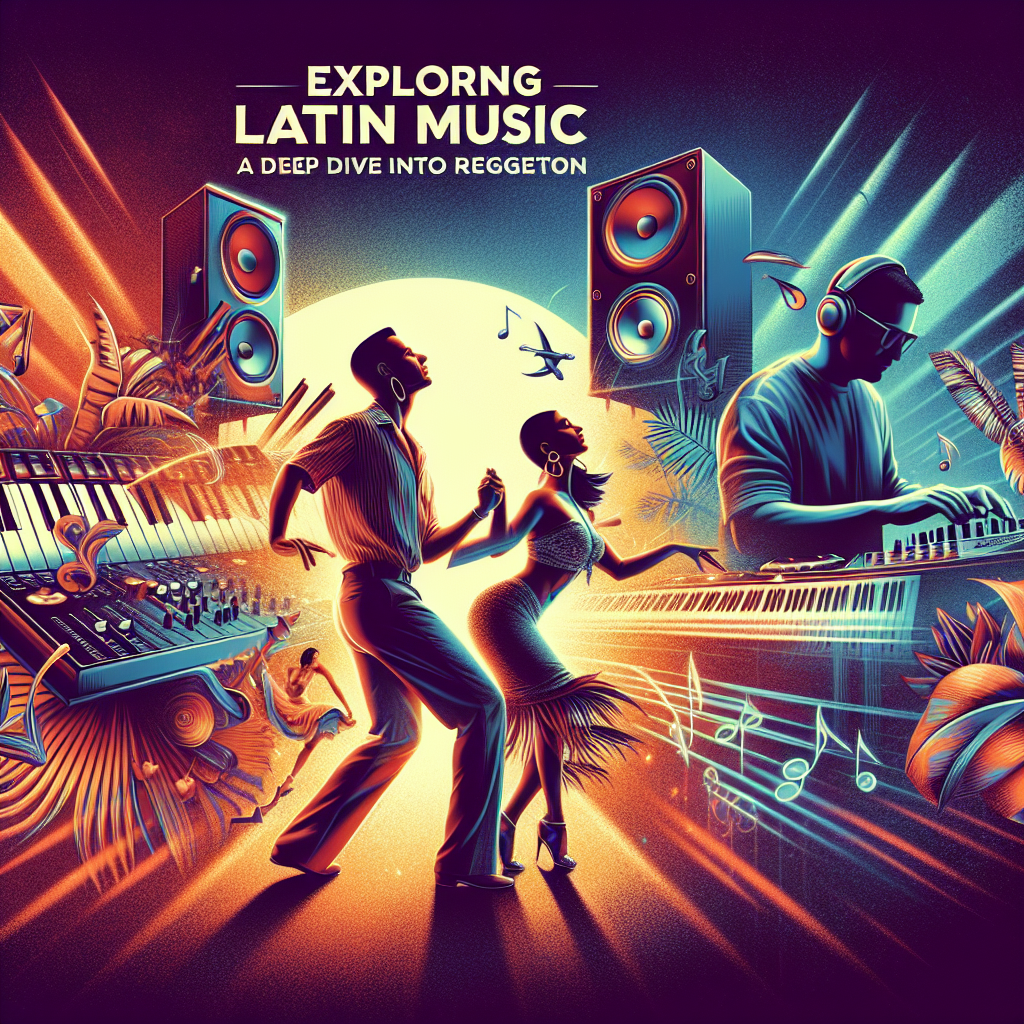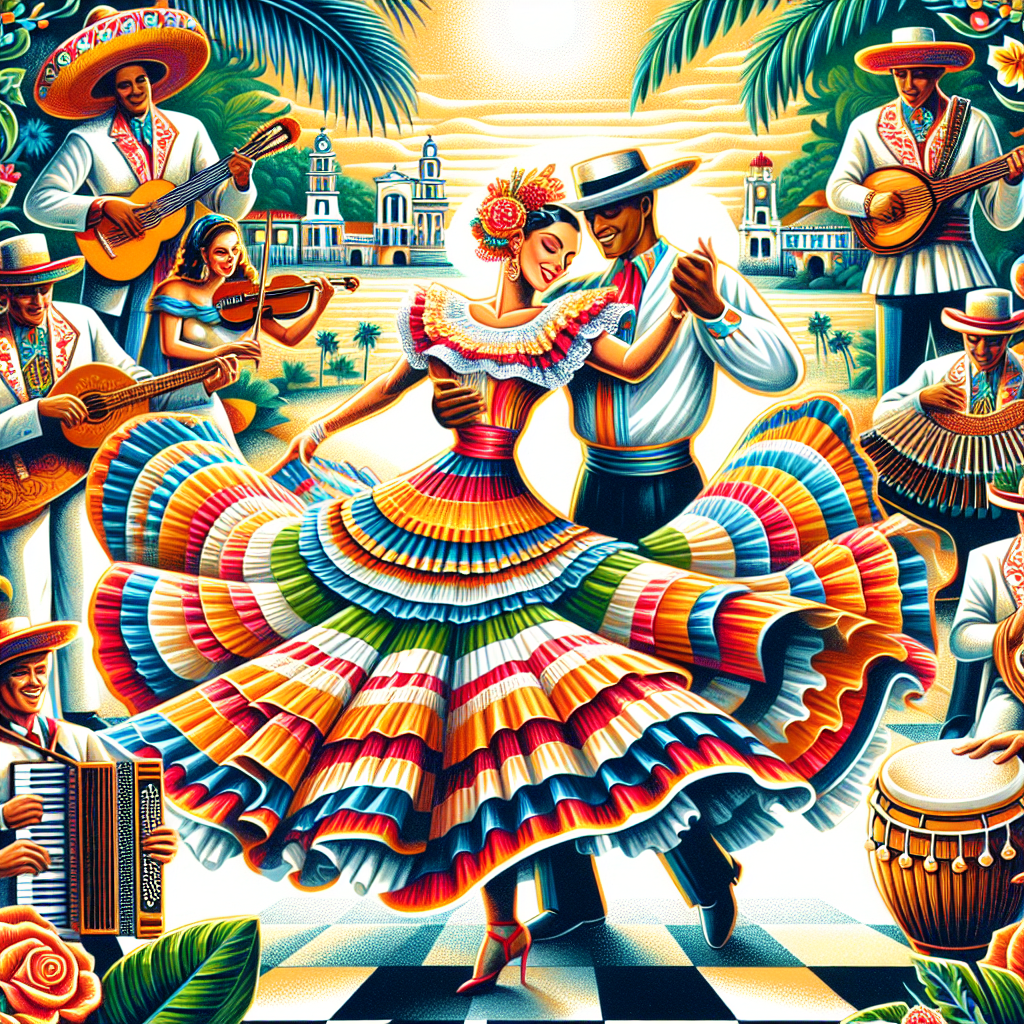Over the past few decades, Bachata, a genre of Latin music, has exploded in popularity from the small bars of the Dominican Republic to the international stages. Bachata’s soulful melodies, intimate lyrics, and distinct Afro-Latin rhythms have captivated millions of music lovers worldwide. Starting as an expression of Dominican cultural identity and life experiences, today, Bachata is a phenomenon in the global music scene.
The Humble Beginnings
Bachata originated in the marginalized neighborhoods of the Dominican Republic in the early 20th century. It is rooted in the melting pot of cultural influences brought by African slaves, Taino natives, and Spanish colonizers. The genre’s name, ‘Bachata,’ derives from the colloquial term for an informal party or get-together. Initially, Bachata was seen as the music of the working-class and the poor, often frowned upon and looked down upon by society’s upper echelons.
The Blossoming of Bachata
In the 1960s, Bachata began to gain mainstream acceptance as musicians like José Manuel Calderón revolutionized the genre by adding electric guitar, while maintaining its deep storytelling roots. By the 1980s, single guitar tracks were being replaced by full band recordings. Authentic Bachata, infused with raw emotions and centered on themes of love, passion, and heartbreak, resonated with the masses. Artists like Luis Vargas and Antony Santos emerged, elevating Bachata to a national sensation.
The International Explosion
The true international breakthrough of Bachata came with a group named Aventura. They mixed traditional Bachata with elements of R&B and Hip Hop, promoting this once locally bound genre to international recognition. Lead singer Romeo Santos’ charismatic appeal and the group’s innovative sound appealed not just to the Latin audience, but to the wider global audience. Songs like “Obsesion” and “Un Beso” topped charts worldwide.
The Contemporary Influence
Today, Bachata holds a prominent place in Latin music alongside Salsa, Merengue, and Reggaeton. Modern artists have pushed the boundaries of Bachata even further by incorporating styles like pop, rock, and techno. Musicians such as Prince Royce and Juan Luis Guerra are reinventing Bachata, ensuring its relevance to contemporary audiences. The dance associated with the music, the sensual Bachata dance, is also a widespread social activity, further embedding Bachata into global culture.
Conclusion
Starting from humble origins, Bachata has transformed itself from a regional genre into a global music phenomenon. The rise of Bachata is a testament to the power of music, uniting different cultures and transcending social barriers. It aptly illustrates the fascinating journey a music genre can take, evolving, adapting and eventually winning hearts worldwide. The story of Bachata showcases the limitless possibilities of music as a vehicle for social change, cultural exchange, and universal connection.
FAQs
- 1. Where did Bachata originate?
- Bachata originated in the Dominican Republic in the early 1900s among the marginalized and working-class communities.
- 2. What are the themes that characterise Bachata music?
- Bachata music typically contains themes of love, heartbreak, and passion. It’s known for soulful and emotion-evoking melodies.
- 3. Who are some notable Bachata artists?
- Notable Bachata artists include Romeo Santos, Aventura, Luis Vargas, Antony Santos, Juan Luis Guerra, and Prince Royce.
- 4. Which song propelled Bachata to global fame?
- A song called “Obsession” by the band Aventura was a major hit that catapulted Bachata to global fame.
- 5. What is the significance of the Bachata dance?
- The Bachata dance is a sensual Latin dance style closely associated with Bachata music. It is now a widely enjoyed social activity globally.




